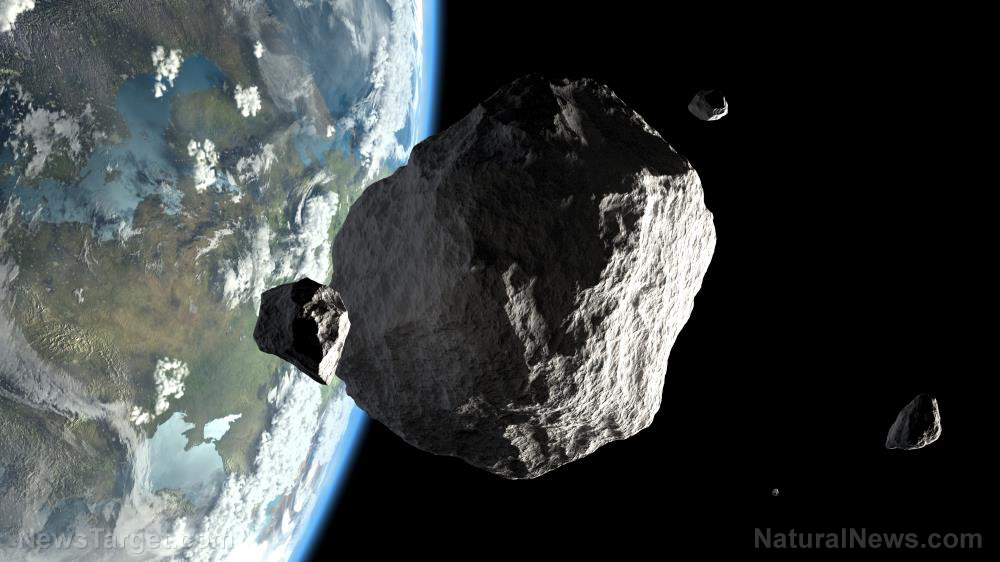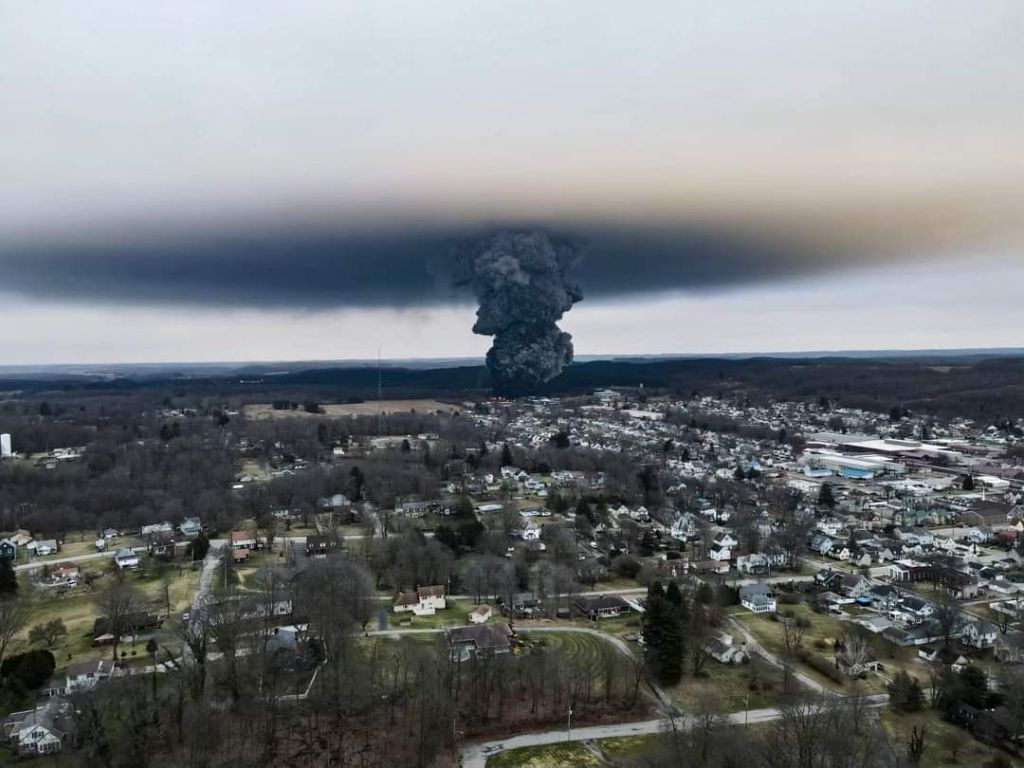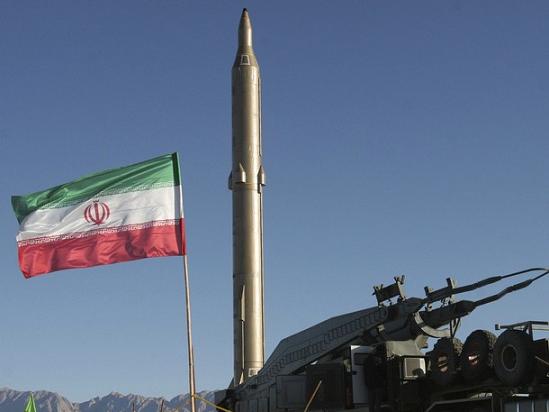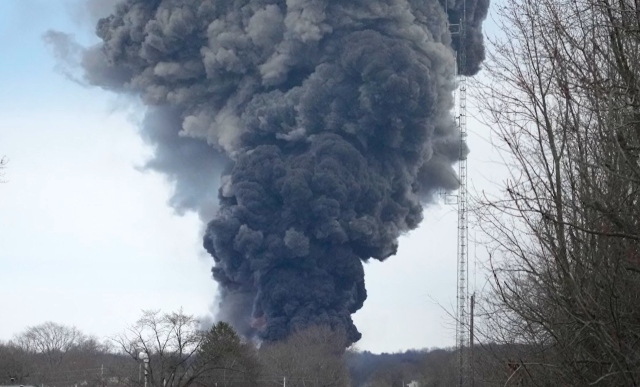“Invisible” asteroids could hit Earth at any time, researchers warn
03/07/2023 / By Kevin Hughes

Researchers have warned that several unknown space rocks rendered invisible by the sun’s glare could be moving toward Earth.
Although these asteroids are usually eliminated upon reaching the planet’s atmosphere, that was not the case with the Chelyabinsk meteor that hit Russia in 2013. The said meteor produced a shockwave equivalent to 35 Hiroshima atomic bombs and injured more than 1,600 people.
In spite of the Chelyabinsk meteor being the largest asteroid to hit Earth in more than a century, nobody saw it coming. According to experts, this was because the sun’s glare hid the 60-foot-wide meteor.
“Asteroids the size of the Chelyabinsk meteor strike Earth roughly every 50 [to] 100 years. Injuries caused by airbursts or similar events could be prevented if people are informed of an oncoming impact and its predicted effects,” said Richard Moissl, head of planetary defense for the European Space Agency (ESA). “With advance warning, local authorities would be able to advise the public to keep well away from windows and glass.”
To accomplish this goal, the ESA is slated to launch its NEOMIR (Near Earth Object Mission in the Infra-Red) orbiting observatory later this decade. Set to be deployed at the L1 Lagrange point between Earth and the sun, NEOMIR will operate as an early warning system to detect and monitor any asteroid coming toward Earth from the sun’s direction. Its infrared telescope will be able to detect asteroids 65 feet and larger currently hiding in the sunlight.
“ESA’s upcoming NEOMIR mission will detect asteroids like Chelyabinsk coming from the same region in the sky as the sun, filling a vital gap in our current abilities to predict and plan for hazardous impacts,” Moissl said.
More asteroids hiding behind the sun
While the ESA acknowledged the probability that an asteroid even larger than what NEOMIR will be able to identify could affect Earth from the side of the sun, such a scenario is less possible. This is because the bigger the asteroid, the lesser there are in the solar system and the easier they are to discover. Nearly all asteroids bigger than half a mile wide have already been detected.
According to Scott Sheppard of the Carnegie Institution for Science in Washington D.C., the discoveries of near-Earth objects (NEOs) are only just starting, and this is in part due to the history of observatories. Nearly all telescopes are likely to look away from Earth so they can deflect the glare of the Sun.
Nevertheless, the latest surveys are starting to look in the other route and showing more NEOs as well as never-before-seen asteroids.
“New telescopic surveys are braving the sun’s glare and searching for asteroids toward the sun during twilight. These surveys have found many previously undiscovered asteroids interior to Earth,” Sheppard said in a column in the journal Science last year.
The National Aeronautics and Space Administration (NASA) has reported that there are more than 26,000 near-Earth asteroids although only about 10,000 of them are longer than 450 feet. (Related: NASA updates its plan to deflect potentially hazardous Earth-bound asteroids.)
They are classified based on their position in the solar system. In 2026, the U.S. space agency’s Near-Earth Object Surveyor space telescope is expected to launch in a bid to detect more of these asteroids. It will be placed between the sun and Earth to better spot space rocks that at the moment cannot be seen because of their positions in space.
As reported by NASA-funded experts, many asteroids can also sneak up thanks to an oddity of the Earth’s rotation that makes them appear like they are hardly moving and making them difficult to detect.
Follow Space.news for more stories about asteroids.
Watch this Russia Today report about NASA crashing a spacecraft into an asteroid during a planetary defense test.
This video is from the High Hopes channel on Brighteon.com.
More related stories:
Winchombe meteorite that crashed on driveway found to contain the building blocks of life.
Astronomers detect closest asteroid to fly by the Earth six hours too late.
Sources include:
Submit a correction >>
Tagged Under:
asteroids, Chelyabinsk meteor, cosmic, dangerous, European Space Agency, invisible asteroids, NASA, near-Earth objects, NEO Surveyor, NEOMIR, research, space, space exploration, Space Objects, space rocks
This article may contain statements that reflect the opinion of the author
RECENT NEWS & ARTICLES
COPYRIGHT © 2019 Dangerous.News
All content posted on this site is protected under Free Speech. Dangerous.News is not responsible for content written by contributing authors. The information on this site is provided for educational and entertainment purposes only. It is not intended as a substitute for professional advice of any kind. Dangerous.News assumes no responsibility for the use or misuse of this material. All trademarks, registered trademarks and service marks mentioned on this site are the property of their respective owners.




















